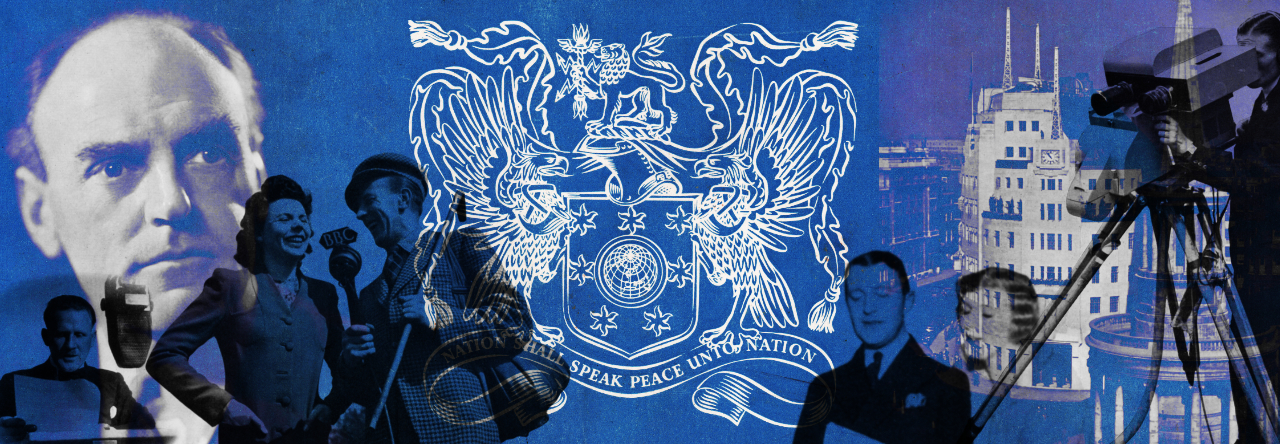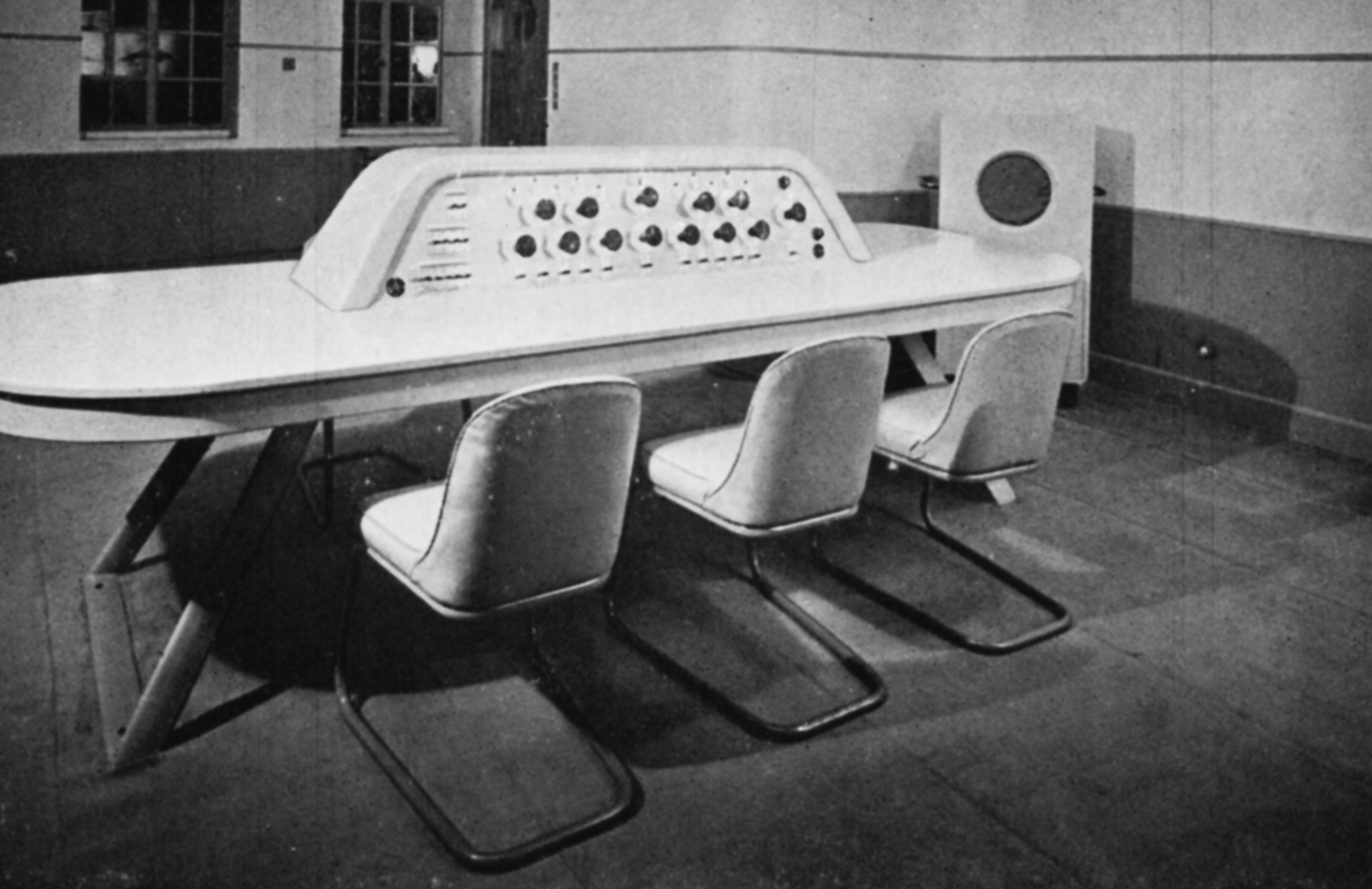Control rooms and their functions
IN THE earliest days ‘balance and control’ were effected by placing the artists relative to the microphone, but the original Control Rooms such as that at Savoy Hill (1) soon became necessary, following improvements in microphones, to accommodate the technicians who controlled the volume and the amplifiers required to feed the programmes to the transmitters. A little later separate rooms (2) with loudspeakers were provided for controlling programmes involving a special knowledge of music.
As the service developed broadcasting stations did not have to rely on their own resources for all their programmes, and many were broadcast simultaneously from a number of transmitters. Thus the additional functions of programme co-ordination and routeing and ‘network’ operation were imposed on the Control Room and these have tended to obscure the original function from which the name derives. The Control Room originally on the top floor of Broadcasting House, London (6) was an example of this phase, but even here separate cubicles were provided for the control of programmes of serious music and also Dramatic Control Rooms (3) for handling complex programmes involving many studios or other sources of material.
Later technical developments have obviated the need for centralizing all the amplifiers and their power supplies in the Control Room, and more recent installations have reverted to the principle of a Control Cubicle associated with each studio and separated from it by a sound-resisting window. The apparatus (4) provides nearly all the facilities available in the earlier dramatic-control rooms, and the Control Cubicles work in conjunction with Continuity Suites, where the programme services are co-ordinated and presented, and a Central Control Room, now devoted almost entirely to the operation of the networks of transmitters, the testing and equalization of the G.P.O. cables between studio centres and transmitting stations, and the handling of all the complicated technical routine inseparable from a large broadcasting organization. An example of this style of Central Control Room is that built in the war in a Variety studio in the sub-basement of Broadcasting House, London (5) to replace the original, too-vulnerable Control Room already mentioned.
This principle has proved so successful that future developments will be basically the same, but a dialling system similar to automatic-telephone practice will replace the present plug-and-socket arrangements for programme selection and distribution.







